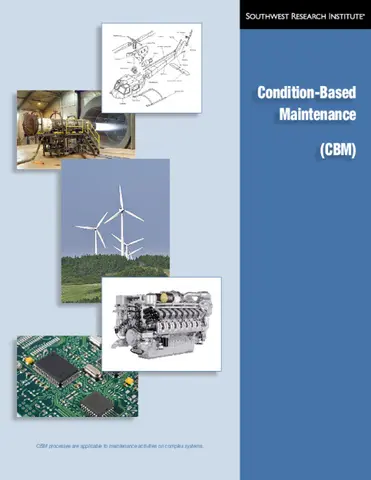Condition Based Maintenance, or CBM, is a maintenance philosophy used by industry to actively manage the health condition of assets in order to perform maintenance only when it is needed and at the most opportune times. We develop and implement technologies that enable CBM, including data acquisition systems, management and tracking software, and condition monitoring algorithms. CBM can drastically reduce operating costs and increase the safety of assets requiring maintenance.
Corrective/reactive maintenance can have severe performance costs, and preventive/scheduled maintenance replaces parts before the end of their useful life. CBM optimizes the tradeoff between maintenance costs and performance costs by increasing availability and reliability while eliminating unnecessary maintenance activities.


